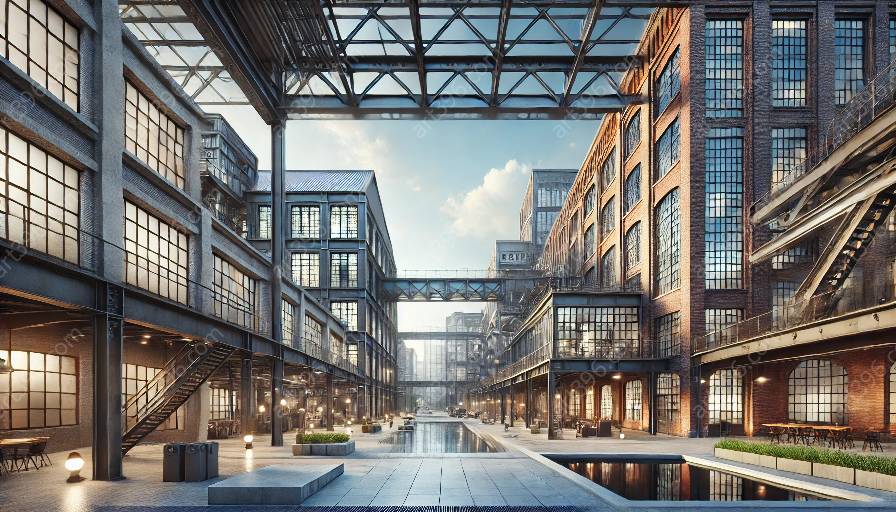Industrial and residential architecture are two distinct styles that vary in design, function, and construction. Understanding the key differences between these two types of architecture is essential for appreciating their unique contributions to the built environment.
Design Principles
The design principles of industrial architecture often prioritize functionality and efficiency. Industrial buildings are typically designed to accommodate large-scale operations and manufacturing processes. As a result, they often feature simple, utilitarian designs with a focus on practicality and productivity. In contrast, residential architecture places a greater emphasis on aesthetics, comfort, and individual living spaces. Residential buildings are designed to provide comfortable and inviting living environments that reflect the personal tastes and lifestyles of their occupants.
Function and Use
Industrial architecture caters to the needs of industries and businesses. These buildings are specifically designed to house manufacturing facilities, warehouses, and other industrial operations. They often feature open floor plans, high ceilings, and sturdy construction to accommodate heavy machinery and equipment. Residential architecture, on the other hand, is dedicated to providing housing and living spaces for individuals and families. These buildings are designed with private living areas, bedrooms, bathrooms, and communal spaces that enhance the quality of life for their residents.
Materials and Construction
Industrial architecture typically utilizes durable and practical materials such as steel, concrete, and metal cladding to ensure structural stability and longevity. The focus is on creating robust and low-maintenance structures that can withstand the demands of industrial processes. In contrast, residential architecture often incorporates a wider variety of materials, including wood, stone, glass, and sustainable materials, to create a warm and inviting atmosphere. These materials are chosen for their aesthetic appeal and ability to create comfortable and visually appealing living spaces.
Scale and Size
Industrial buildings are often characterized by their large scale and expansive size. They are built to accommodate industrial machinery, equipment, and storage needs, resulting in vast floor areas and high ceilings. In comparison, residential buildings are typically smaller in scale and designed to provide intimate and personalized living spaces for individuals and families. They prioritize creating cozy and functional living environments on a more human scale.
Adaptability and Flexibility
Industrial architecture focuses on adaptability and flexibility to meet the evolving needs of industries and businesses. These buildings are designed to accommodate changes in production processes, technological advancements, and operational requirements. Conversely, residential architecture prioritizes creating enduring and adaptable living spaces that can cater to the changing needs and lifestyles of its occupants over time.
Understanding these key differences between industrial and residential architecture is crucial for architects, urban planners, and design enthusiasts as it allows for a deeper appreciation of the diverse roles these architectural styles play in shaping our built environment and meeting the needs of society.





























































